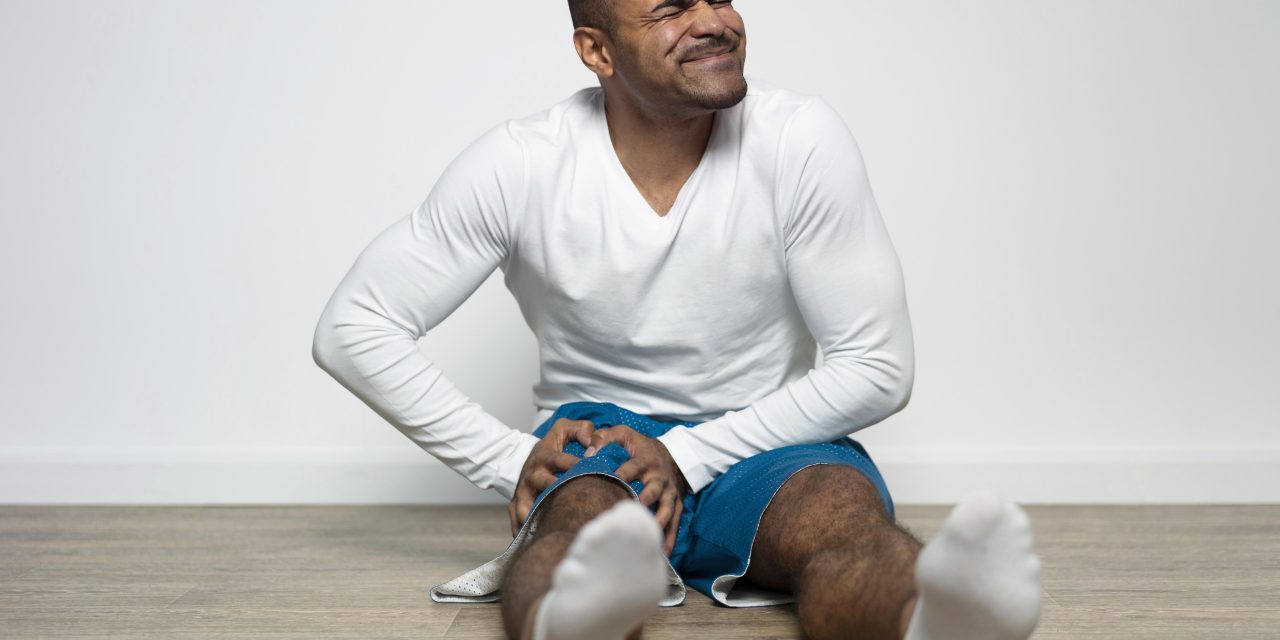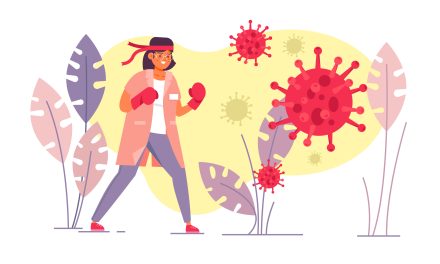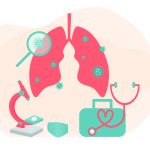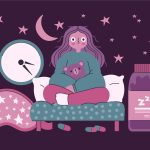The better care you take of your bones now, the more you can lower your risk of osteoporosis
Osteoporosis is often called the “silent disease” for a reason – it sneaks up on you. In the early stages, there are no obvious symptoms, yet over time, bones become weak, brittle, and more prone to fractures.
Quick Read:
- Watch your posture! As the bones in the spine weaken, they can collapse, leading to a hunched or stooped posture; a common side-effect of osteoporosis.
- While you can’t reverse bone loss, you can slow or even prevent further damage with a healthy lifestyle.
- Focus on proper nutrition, weight-bearing exercises, and, when necessary, medication.
Understanding osteoporosis
Think of your bones as a tightly knit honeycomb. When you’re healthy, the spaces in this honeycomb are small and densely packed. But with osteoporosis, those spaces widen, making the structure weaker. Bone is living tissue. This means that it’s constantly breaking down and rebuilding itself. When osteoporosis strikes, the rebuilding process loses momentum, and you lose bone quicker than it can form.
As the bones get weaker, you may notice it becomes difficult to bend or lift things, and you tend to feel more pain in the hips, spine, and wrists.
What can I do about osteoporosis?
Treatment for osteoporosis often begins with medications. The goal of these medications is to slow bone loss, strengthen existing bone, and reduce fracture risks. Common medications include:
- Bisphosphonates: These slow the breakdown of bone, allowing your body to catch up with rebuilding.
- Denosumab: This injection is given to help increase bone density.
- Hormone therapy: Especially useful for women who’ve gone through menopause, hormone therapy restores oestrogen levels, which play a critical role in maintaining bone density.
- Calcitonin: A nasal spray or injection that helps slow bone loss and relieve pain from spinal fractures.
Once you’ve had a check-up and your symptoms have been assessed, your doctor will settle on the best medication for you. The type of medication depends on your age, health, and how advanced the osteoporosis is.

How diet and supplements help with osteoporosis
Medications alone aren’t enough. Your bones need the right nutrients to rebuild. Calcium and Vitamin D are the cornerstones of healthy bones:
- Make calcium one of your diet best friends. Eat more calcium-rich foods like leafy vegetables (such as moringa or amaranth) and groundnuts (peanuts).
- Find ways to move your body regularly. Even simple activities like walking, carrying groceries, or doing light housework can help keep bones strong.
- Get enough Vitamin D to help your body absorb calcium. Sunlight is first prize, but supplements can also help, especially if you don’t have easy access to fortified foods.
- Too much salt in the diet can cause calcium loss through urine, making your bones weaker. Try to reduce your daily intake of salt. That means limiting processed foods, salty snacks, and fast food, which often have high sodium levels.
- Stress is one of the biggest health culprits, and yes, it can even impact your bone health. Chronic stress can increase the production of cortisol, a hormone that may weaken bones over time. Take the time to find stress relief methods that work for you.
- Healthy teeth are often an indicator of healthy bones. Good dental hygiene and seeing a dentist regularly can help detect signs of bone loss early, as osteoporosis can sometimes affect the jaw.
- Collagen, the main protein in bones, can be boosted through dietary sources or supplements. Bone broth, collagen peptides, and even some plant-based collagen boosters can enhance bone repair and maintenance.
Help at hand
You may need surgery when osteoporosis becomes severe or you suffer fractures. Procedures like spinal fusion or a hip replacement can help repair and stabilise broken bones. While this is more common in advanced osteoporosis, it’s important to prevent fractures early to avoid surgery.
Osteoporosis medication works best when taken consistently. Skipping doses or stopping too soon reduces its effectiveness. Even if you feel better, stick to the plan until your doctor advises otherwise. If side-effects like nausea or headaches occur, don’t give up – speak to a doctor about adjusting your treatment.
Osteoporosis treatment is a combination of medical care, diet, exercise, and lifestyle adjustments. While the journey may seem overwhelming, remember that progress is possible. With the right approach, you can rebuild your strength and reduce the risk of fractures.
Please always get help for osteoporosis sooner than later. Don’t wait! Early diagnosis and treatment can help keep your bones healthy.
Images: Freepik















